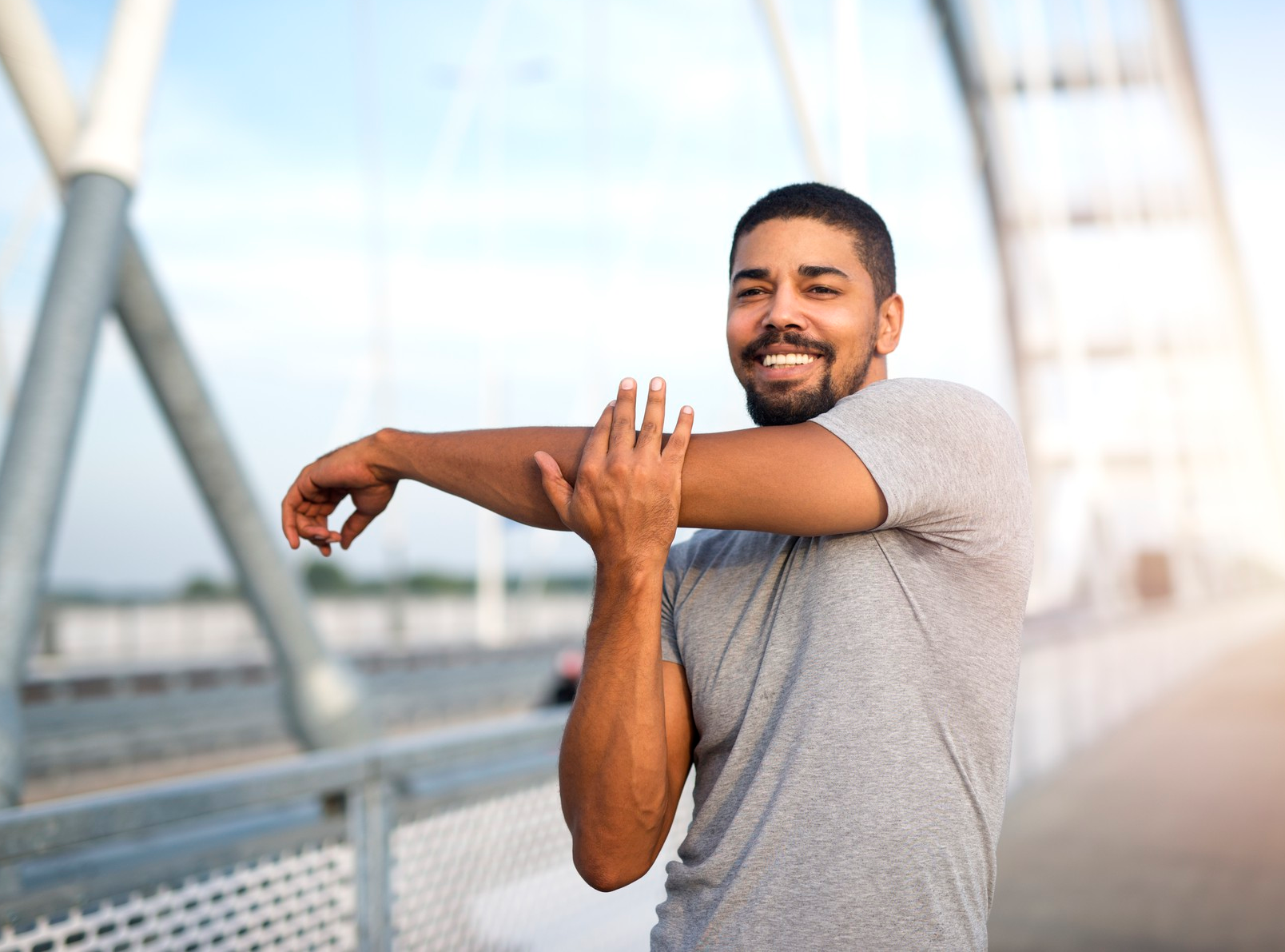
The Magic of Stretching: It's Not Just About Flexibility!
We've all been there. You've binged the latest season of your favorite show for hours, and as you stand up, your body creaks like the floorboards in a haunted mansion. Ah, the undeniable consequences of neglecting stretching. Whether you're gearing up for the Olympics or trying to perfect the art of typing without getting carpal tunnel, stretching is that unsung hero you need in your daily repertoire. Let's dive into why this simple act can be a game-changer for your well-being.
The Stretching Scoop: Benefits Galore
-
Stress-Busters for Muscle Musters: When the weight of the world rests on your shoulders (sometimes literally), stretching plays the part of your favorite spa. It reduces muscle tension and offers a chance for relaxation. The cherry on top? The release of endorphins. These "feel-good chemicals" are nature's way of rewarding you with a mood boost1.
-
Flex Those Flexibility Muscles: A 2012 study by Page in the International Journal of Sports Physical Therapy indicated that consistent stretching practices can significantly improve flexibility and range of motion2. More flexibility translates to fewer injuries and easier daily movements. Think about gracefully evading that toy your toddler left on the floor.
-
Standing Tall and Steady: Forget the Leaning Tower of Pisa; we're aiming for the upright majesty of Big Ben. Stretching strengthens the muscles around your spine, giving you that regal posture and reducing the odds of you taking an impromptu tumble3.
-
For the Athletic Stars: To our sporty readers, stretching isn't just an old coach's tale. It can amplify your performance by enhancing flexibility, slashing injury risks, and speeding up recovery. It's like the undercoat before the paint; it preps and protects.4.
A Real-Life Anecdote
Sarah, a dedicated software developer, suffered from persistent backaches due to her prolonged sedentary posture while working long hours. A mutual friend advised her to incorporate short stretching breaks into her work routine. Skeptical at first, Sarah decided to give it a try and integrated a few minutes of stretching every hour. To her surprise, she noticed a significant improvement within weeks. Not only did her back pain lessen, but she also felt revitalized and mentally sharper. Sarah often described the stretches as a brief yet essential reset for her body and mind during the workday.
How to Incorporate Stretching?
Starting is always the hardest part. But with stretching, all it takes is a few minutes. Consider these baby steps:
- Set a Timer: Every hour, take a 2-minute break to stretch out. Rotate between your neck, shoulders, wrists, and ankles.
- Consistency is Key: It's better to stretch for a shorter duration daily than to go all out once a week.
- Get Guided: There are numerous apps and YouTube channels offering stretching routines for all levels. Dive in!

Three Actionable Takeaways:
-
Make It a Ritual: Integrate stretching into your daily routine, perhaps after waking up or before bedtime.
-
Stay Educated: Understand your body and the kind of stretches it requires. Maybe it's your legs after a run or your wrists after typing.
-
Listen to Your Body: Stretching should be soothing, not straining. If it hurts, you're doing it wrong or pushing too hard.
In conclusion, the world of stretching extends beyond just the realm of athletes. It's a treasure trove of benefits waiting to be reaped by everyone. So, why wait? Get stretching and embrace a healthier, happier you!
References:
1. Harvard Health Publishing. (2018). "The exercise effect: Endorphins, exercise, and mood." Harvard Health Letter. Retrieved from Harvard Health Publishing website.
2. Page, P. (2012). Current concepts in muscle stretching for exercise and rehabilitation. International journal of sports physical therapy, 7(1), 109–119.
3. Importance of Trunk Muscle Strength in Balance and Fall Prevention for Seniors - Study in Sports Medicine Journal | PubMed
4. McHugh, M. P., & Cosgrave, C. H. (2010). To stretch or not to stretch: the role of stretching in injury prevention and performance. Scandinavian journal of medicine & science in sports, 20(2), 169-181.
